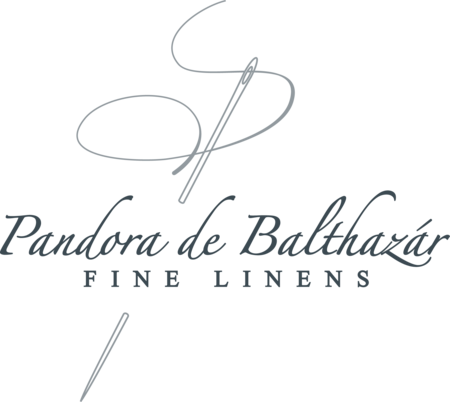This 39" x 132" red and white damask buffet tablecloth is so remarkable, it could also be a wall hanging. The festive scene showing courtiers toasting each other with champagne just might inspire an evening of a similar joie de vivre in your home! The rose and leaf flourishes that adorn the front are rendered in reverse on the back.
Joie de Vivre Damask Tablecloth
The romance of this piece is representative of many of the luxurious antique textiles in our collection, historical designs that record facets of bygone eras that might have been lost were weavers not besotted with the cultures they lived within. The lives of the courtiers led by the monarchs of Europe continue to be fascinating today, as is proven by the popularity of programs like Victoria on PBS and the Netflix series The Crown. We have many pieces that were owned by the upper echelon of society during those times so reach out if you are itching to embrace a piece of history!
See Our Antique Textiles in Person
This is but one of many luxurious one-of-a-kind antiques we have in our Pensacola atelier, as we have row upon row of textiles that include everything from antique French heirloom linens and primitive Austro-Hungarian Empire textiles to Art Deco and Bohemian specimens—at last count two million one-of-a-kind linens of the finest quality.
If you see a beautiful specimen on this site that you would like to see in person and you cannot visit us but you are a regular at either Round Top or the High Point Market, we will happily bring it to one of these shows so you can see for yourself how remarkable it is. See our Calendar of Events page for fair dates and let us know if we can bring our sumptuousness to you.
The Origins of Damask
Damask dates back to the Middle Ages when the Islamic and Byzantine weaving centers produced five basic textile techniques—tabby, twill, lampas, tapestry and damask. The latter derives its name from the city of Damascus, an ancient stronghold situated on the Silk Road—a famous network of trading routes dating back to the Han Dynasty of China.
It is a French reference from the 14th century that serves as the first recorded reference of the word “damask” in a Western European language, the fabric now known to have been produced in Italy during that century as well. Medieval damasks were usually woven in silk, though weavers also produced the fabric in wool and linen. From the 14th to the 16th centuries, most damasks were woven in one color with a glossy warp-faced satin pattern against a duller ground. Modern damasks are woven on computerized Jacquard looms, which produce the complex patterns for which brocade, matelassé and damask fabrics are lauded. The fabric is so valued to the entertaining-minded that pure linen damask has been dubbed the “queen of fine table linens.”
